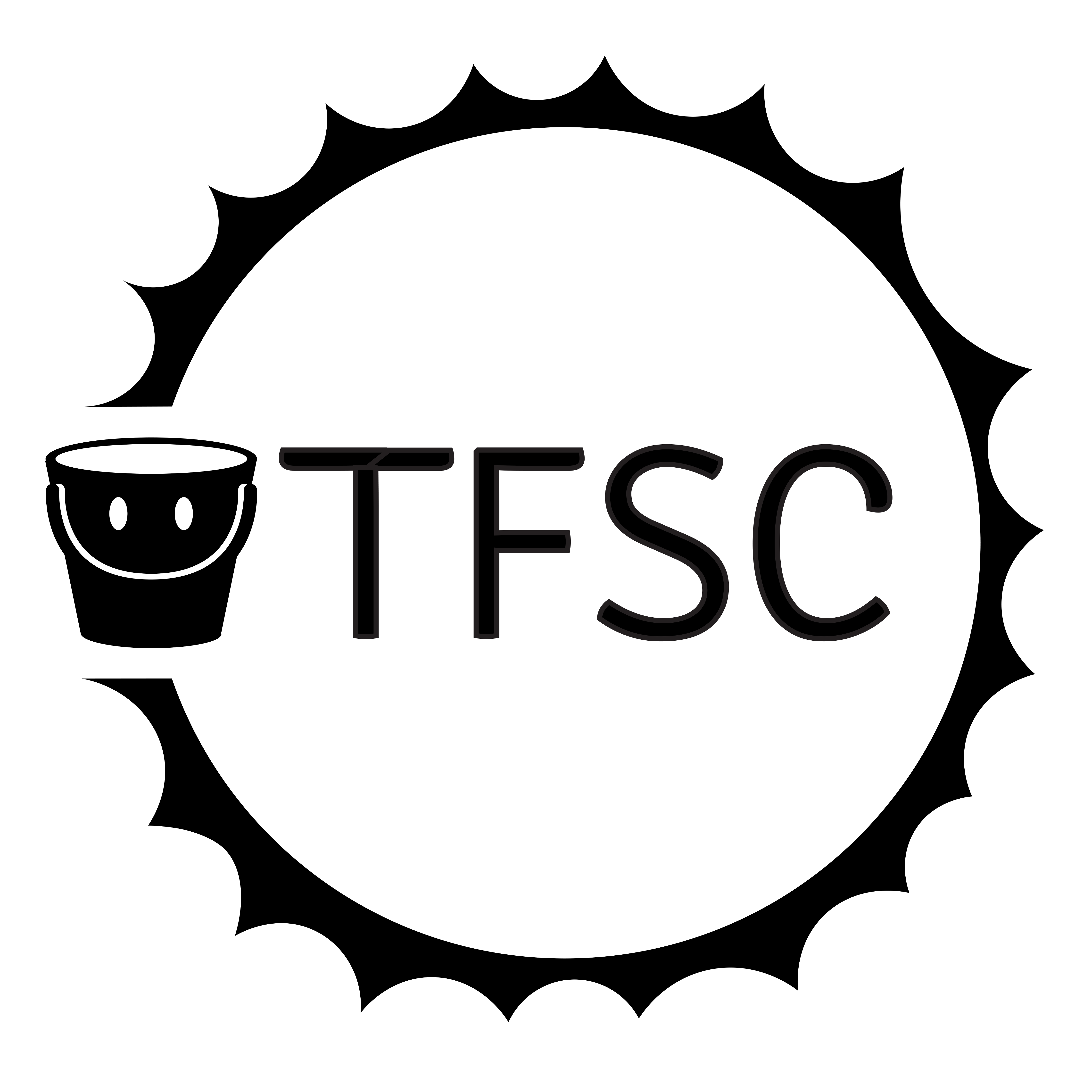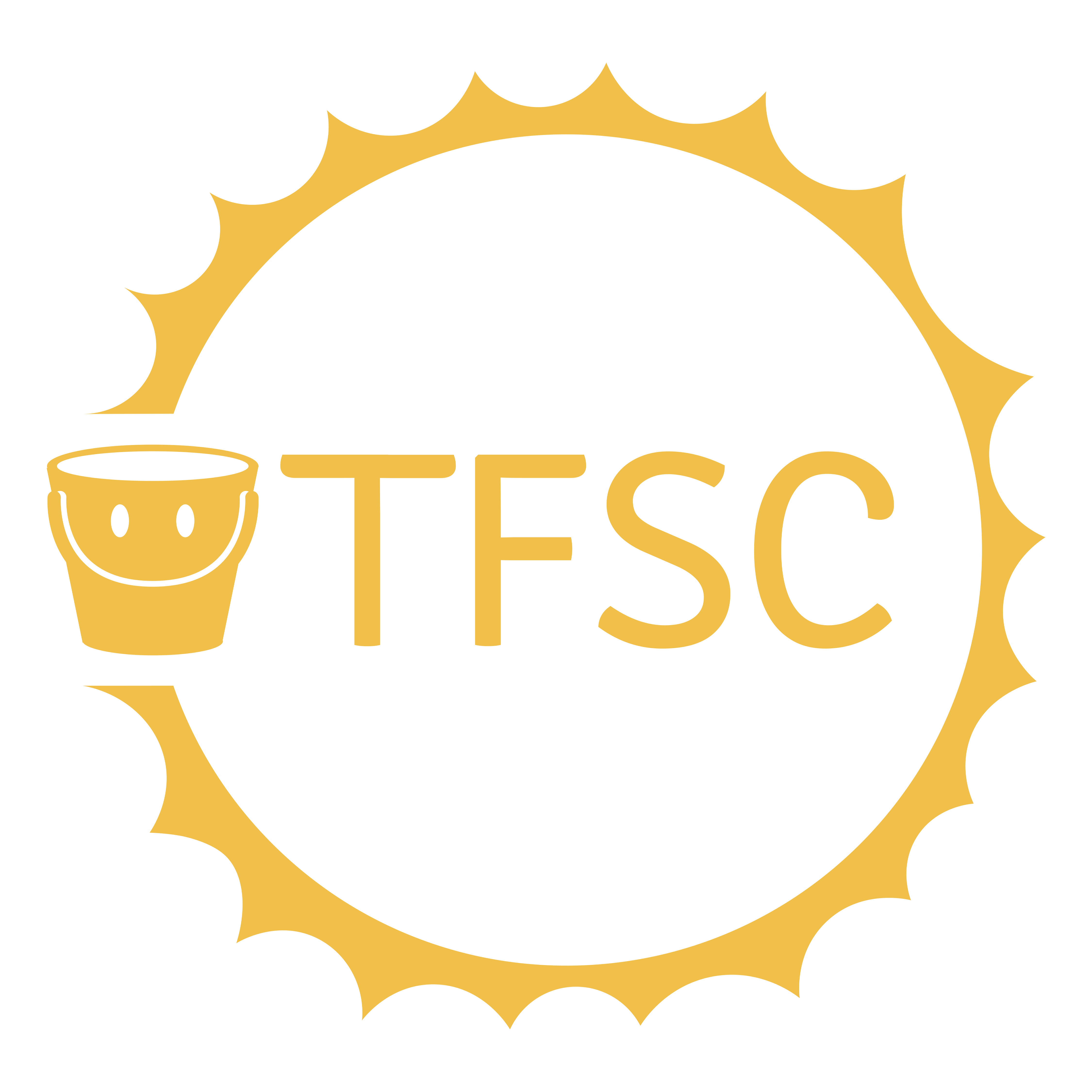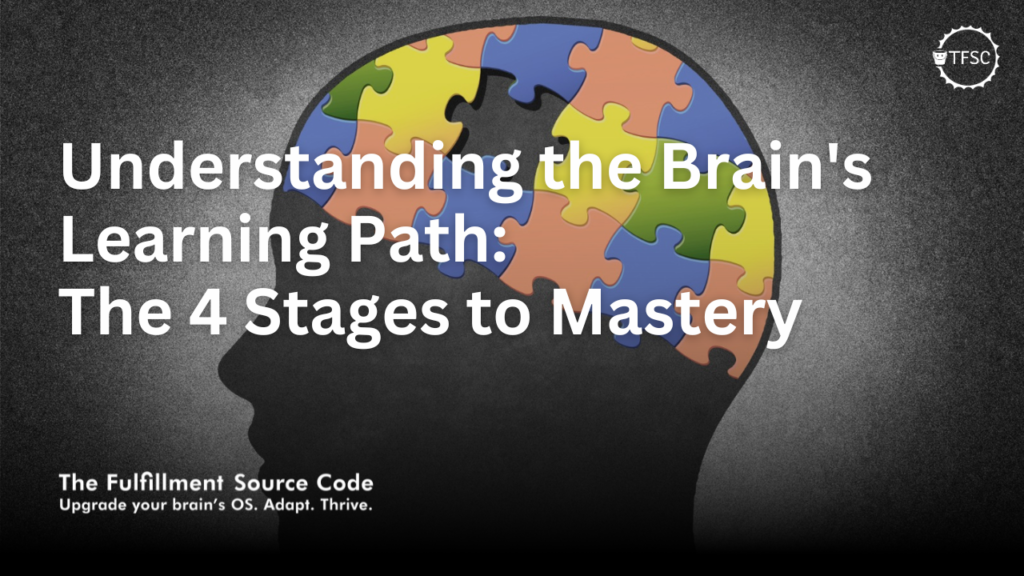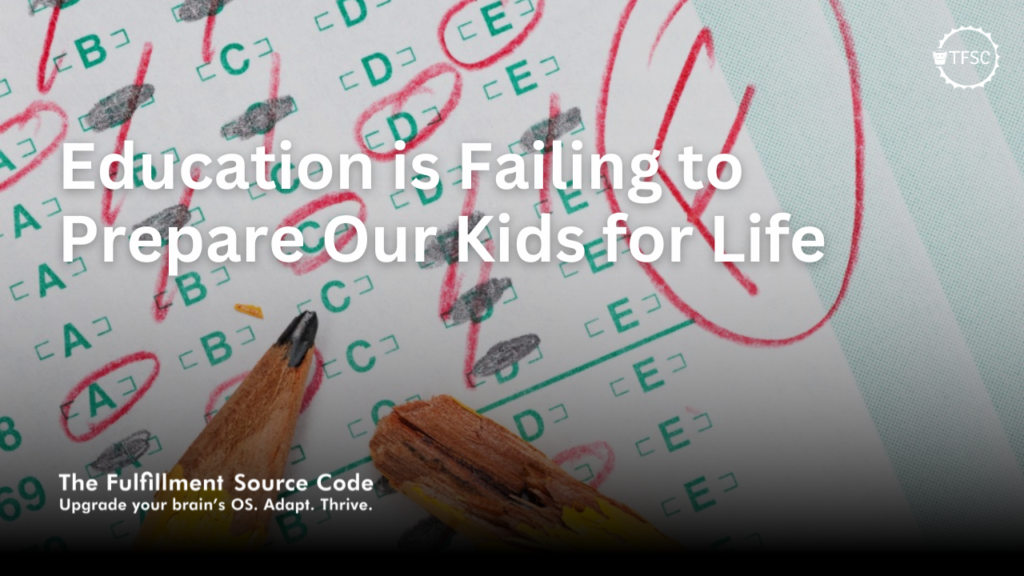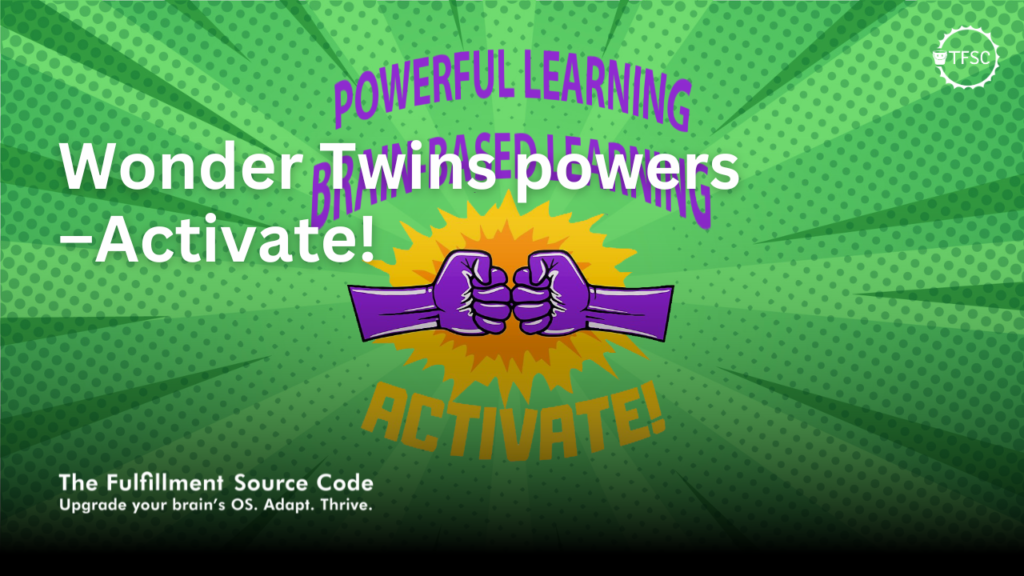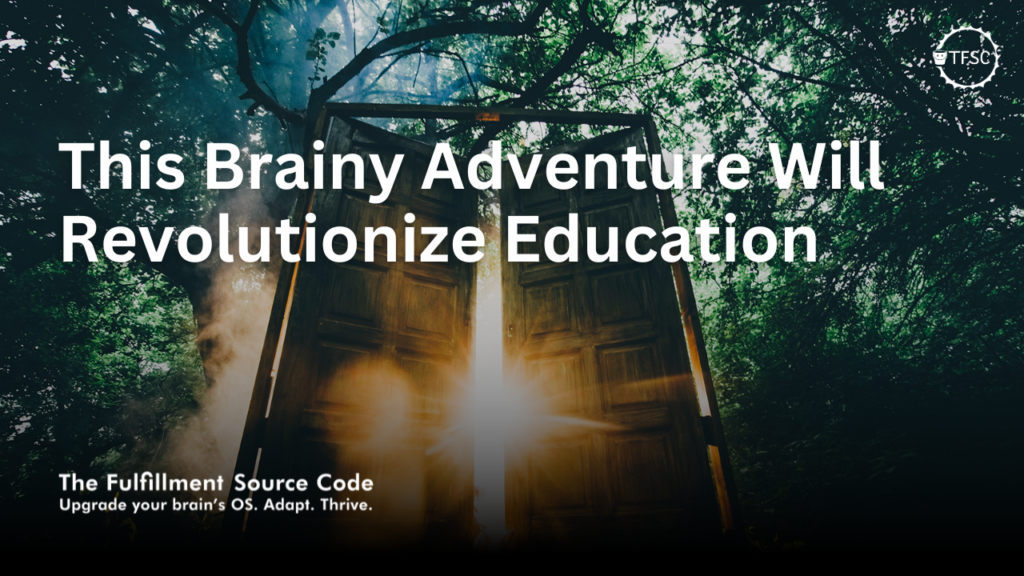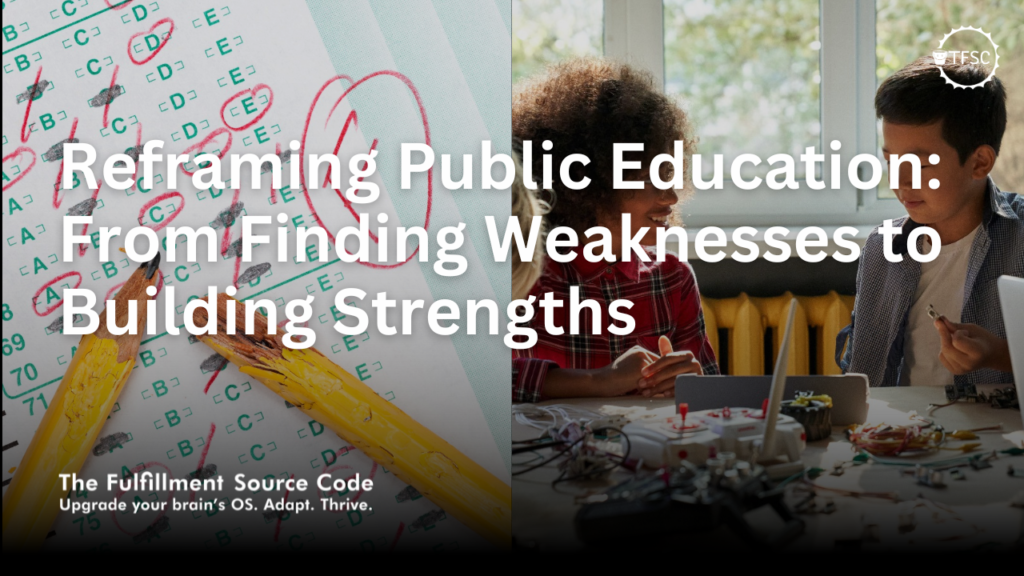Revolutionize Education – Traditional vs Powerful Learning: How Understanding the Brain’s Learning Path is Key
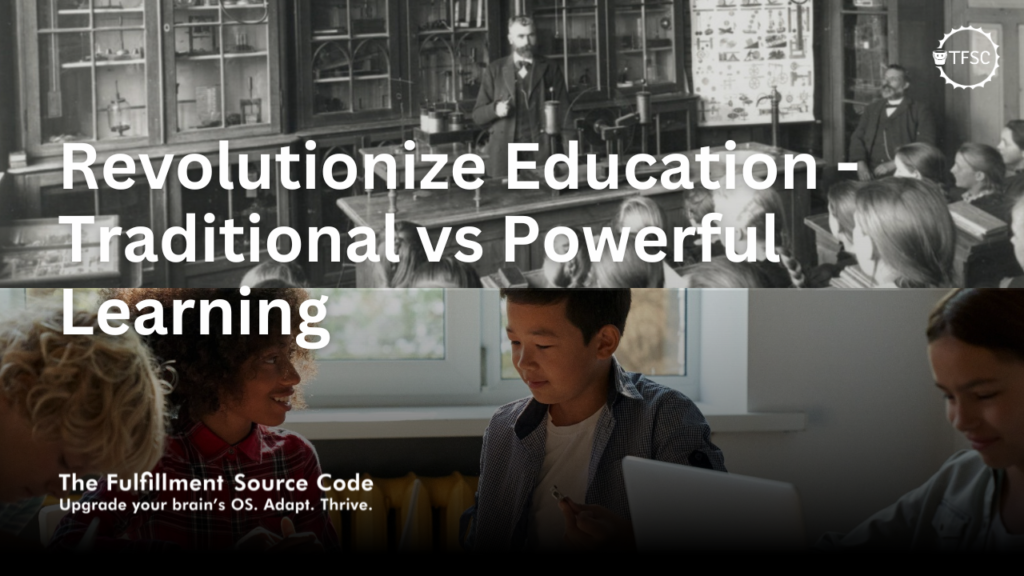
Let’s face it, the 19th century model for education is not going to meet the needs of the 21st century. Looking at the current state of education, it’s clear that there is a growing need for a more effective and engaging learning experience. The traditional learning model, characterized by rote memorization, passive learning, and a one-size-fits-all approach, has been the norm for decades. There are hundreds of studies that have shown this model does not effectively engage students or prepare them for the complex challenges of the modern world.
Will Richardson has an excellent Ted Talk on this subject (The Surprising Truth About Learning in Schools). Moving on…
Research has shown that the brain’s natural learning path has four stages:
- Unconscious Incompetence (I don’t know what I don’t know. aka Ignorance)
- Conscious Incompetence (I know what I don’t know. aka Awareness)
- Conscious Competence (I can do this when I focus. aka Competency) and
- Unconscious Competence (I can do this automatically. aka Mastery)
The traditional learning model, unfortunately, fails to take these stages into account. Students are often expected to learn in a linear fashion, without acknowledging the challenges they may face along the way.
In contrast, powerful learning environments understand how the brain learns creating learning experiences that can take into account the individual needs of each student. Students are actively engaged in their own learning and are encouraged to think critically, solve problems, and work collaboratively. This approach enables students to progress through the brain’s learning path more effectively, resulting in greater mastery and retention of knowledge.
Recent studies support the effectiveness of powerful learning environments. A 2018 study by L. Dee Fink and Armando Fox found that students in powerful learning environments demonstrated greater mastery of course material, better problem-solving skills, and higher retention rates than students in traditional learning environments. Another study by Karin L. Sandell and David R. Lavery found that personalized learning experiences were associated with greater student motivation, engagement, and performance.
So, what does a powerful learning environment look like in practice? Students are provided with a range of learning opportunities that cater to their individual learning styles, interests, and strengths. Teachers act as facilitators, guiding students through the learning process and providing individualized feedback. Collaborative learning experiences are encouraged, enabling students to work together to solve complex problems.
The benefits of powerful learning are clear. By embracing this approach, we can provide students with the tools they need to succeed in the complex challenges of the modern world. We can create a generation of engaged, motivated, and empowered learners who are prepared to take on the challenges of the future.
It’s time to revolutionize education. By adopting powerful learning environments, we can create a brighter future for our students and society as a whole. Let’s take the first step towards this revolution today.
Sources & References
Fink, L. Dee, and Armando Fox. “Creating Significant Learning Experiences: An Integrated Approach to Designing College Courses.” John Wiley & Sons, 2018.
Sandell, Karin L., and David R. Lavery. “Personalized learning: a meta-analysis of the effect on student achievement in postsecondary education.” Journal of Education for Business, vol. 94, no. 5, 2019, pp. 309-318.
